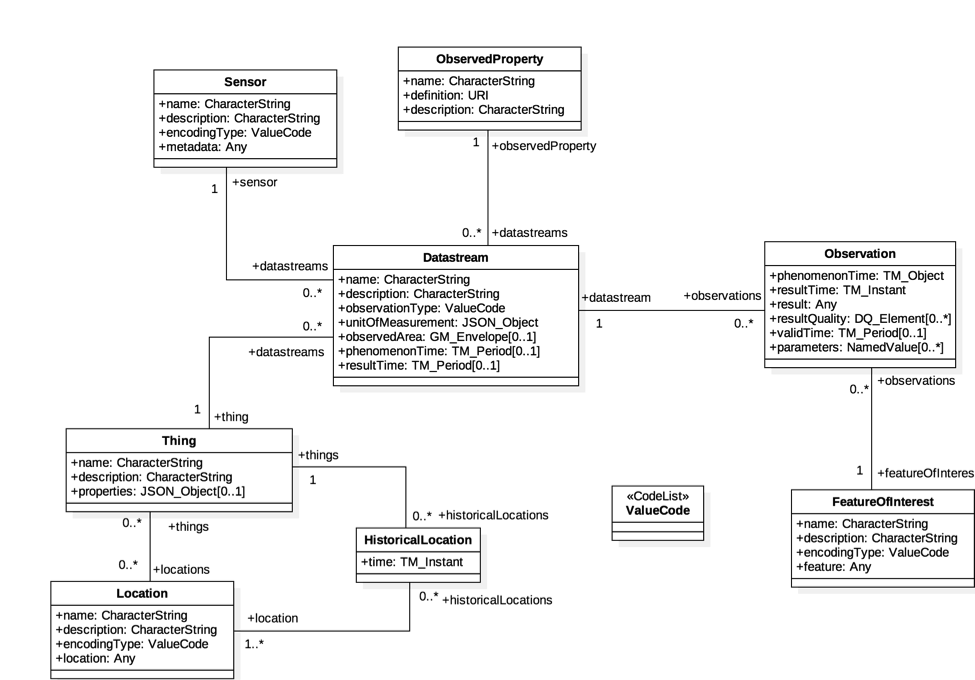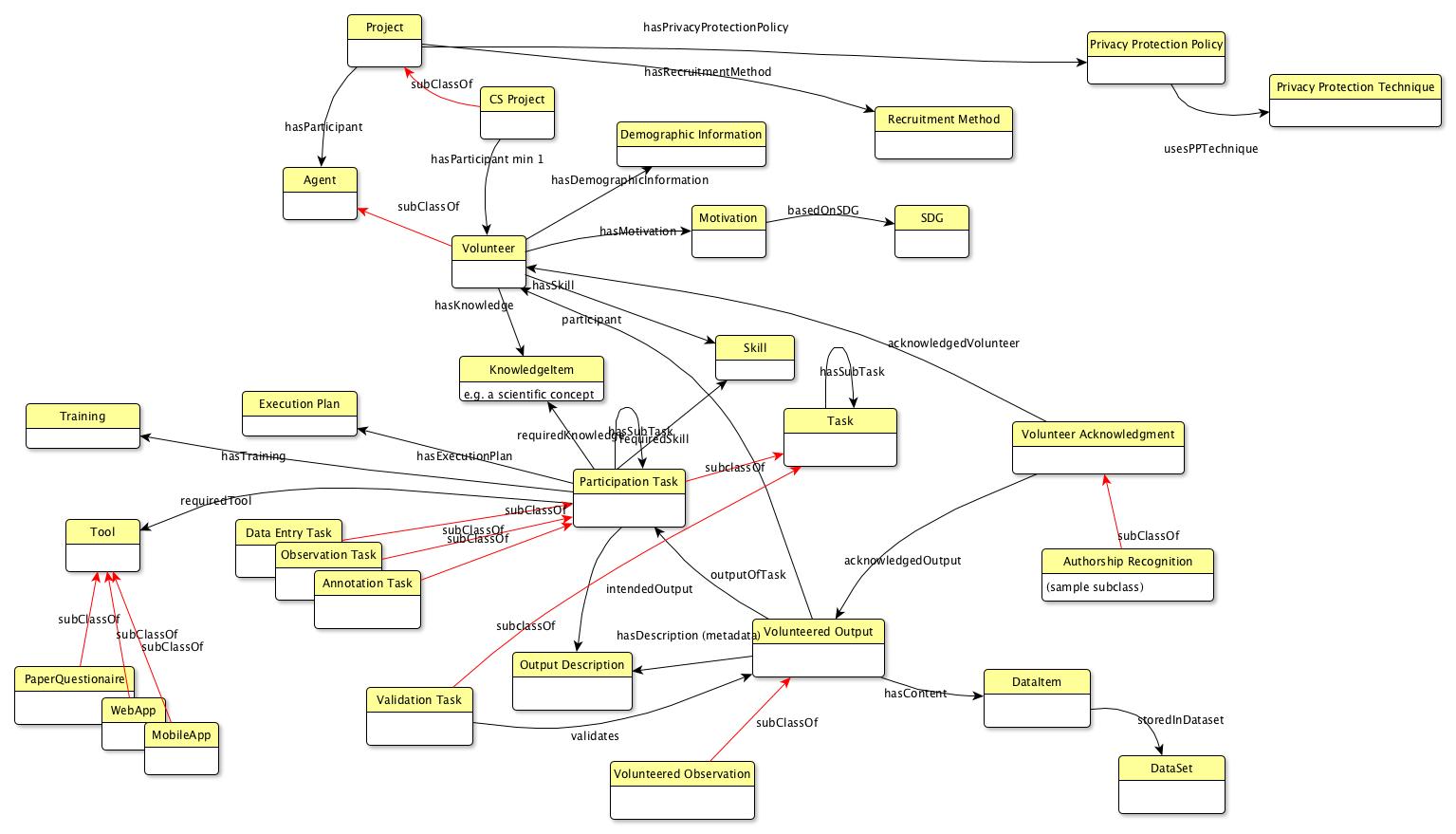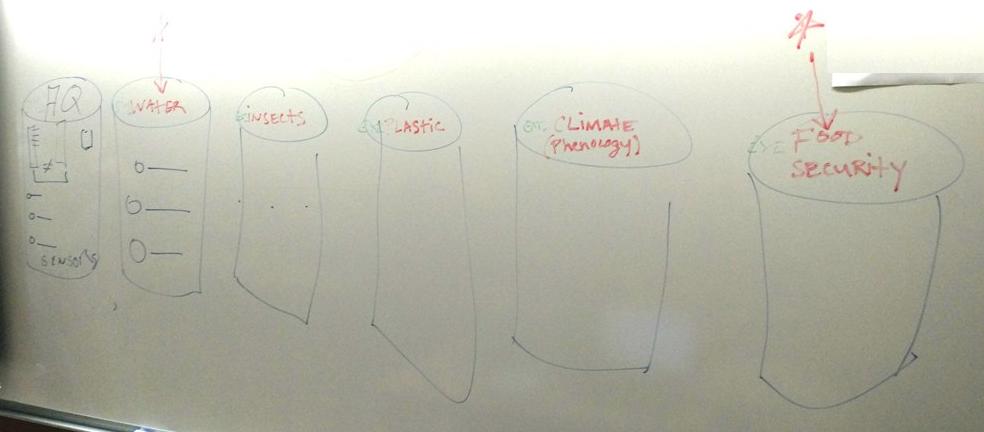You are here: OGC Public Wiki>CitSciIE Web>F2FMeeting-BCN-Nov19 (28 Nov 2019, JoanMaso)Edit Attach
WO CoPs F2F Meeting - 25-27th November 2019, Barcelona
Description
This event will constitute the 4rd face to face forum for the 4 WeObserve Communities of Practice (CoPs), dedicated to consolidating practice-based knowledge of Citizen Observatories (COs), sharing information and resources, and working to further develop best practice guidelines and toolkits for COs. They bring people together from all sectors and countries to share experiences and generate debate and reflections about citizen science. The Communities of Practice are developed as a step to CO-CREATE AND STRENGTHEN THE CITIZEN OBSERVATORIES KNOWLEDGE BASE, which is an objective of the WeObserve project. Four active communities exist: CoP-engage (co-designing citizen observatories and engaging citizens), CoP-Impact (impact and value of citizen observatories for governance), CoP-Interoperability (interoperability and standards for citizen observatories) and CoP-SDGs (UN Sustainable Development Goals and citizen observatories).Report
Day one: Vocabularies. Morning conversation with Rob Atkinson
In the morninig I had a conversation with Rob Atkinson aobut the definitions server and we got some infications on how it worksQualityML vocabulary
Rob has developed some code to work wih that that can be found here.https://github.com/opengeospatial/NamingAuthority/tree/master/incubation/qualityml There are two services: http://defs.opengis.net/ --> the stable and official one http://defs-dev.opengis.net/ --> the developement one. We got a password to access the admin zone in it: http://defs-dev.opengis.net/admin/ that is not included here for obvious reasons but is in the 25/11/2019 16:16 email- It is possile to import file with SKOS via ImportedConceptScheme.
- click on _resource:
- to reload new version check Force purge of target concept schema
- run Save and continue
- this should then list the ConceptSchemes found in the SKOS file - click to enter editor
- View on site button on top right to preview structure
- If all looks good push to the RDF layer (takes a little while)
- then test via a link (the preview link helps)
- if the data has changed need to flush the cache on the server - use Shift-F5 on the browser.
Playground to define individual "words"
I have set up a play concept scheme. The loign credentials are the same and enter in one of the two URLs- http://defs-dev.opengis.net/admin/skosxl/scheme/308/change/
- http://defs-dev.opengis.net/admin/skosxl/scheme
Morning afternoon meeting
We had a conversation on what vocabularies could be more convenient to develop- Variables (ECV…)
- Sensors (SensorML…)
- Users (??, feedback)
- Observations (O&M, )
- Dataset ()
- Projects (PPSR…)
- Quality (19157)
- Experiences (GUF…)
- A project looks in the vocabulary if the variable that they want to record is in there.
- If it is, the will use it.
- If it is not they will include it in the vocabulary as a derivate concept in the tree of concepts
- The distance between concepts will give us an idea of "similarity" of the concepts and will give us a uncertainty in comparisons.
- It could be good to analyze what subset of 19157 is applicable and useful for citizen science
- There is nothing about Reputation of users in the 19157
- There is nothing about validation by other users in the 19157
- Current tools provided to look for concepts doe snot seem to be appropiate
- The Def. Server can also be use to host UncertML (less pretty than the last version of the website but more robust
- we could try to derive the skos from the xsd
- a pretty facade can be re-developed separately
- we can wrap this with more illustration, graphs etc, the important thing is that the definition is safe in one place.
- We should decide on to use the stable UncertML 2.0 or the newer version of the schema on Github of Uncertml 3.0 (the later is it's ok but not finalised per se, it has some useful concepts like bounded distributions but was led mainly by the Systems Biology community
Tuesday: SensorThings API
Valantis did a great presentation on SensorThinks API.- Sensor Things API session (Valantis Tsiakos): IE_2nd_phase_kick-off.pptx
- Thing,
- Sensor
- ObservedProperty
- (units of measure)
- https://mariaisawsome.iccs.gr:8443/SensorThing/v1.0/
- https://mariaisawsome.iccs.gr:8443/SensorThing/v1.0/Things(288)/Locations
- https://mariaisawsome.iccs.gr:8443/SensorThing/v1.0/ObservedProperties(1)/Datastreams?$expand=Observations/FeatureOfInterest($filter=st_within(feature,%20geography%27POLYGON((17.871066%2034.625976,17.871066%2041.534899,27.852938%2041.534899,27.852938%2034.625976,17.871066%2034.625976))%27))

We saw a clear gap: There is no reference to the user. The cost action developed another model independently

This one includes a clear description of the user and the different tasks it can perform. We can see also some elements that has a correspondence in the SensorThingAPI diagram such as observation=dataitem but the observerProperty is missing in it. On the other hand, the description of the user is a gap in the SensorThingsAPI that need to be covered. Note that in Citizen Science there it the user that builds de DIY device, the user that has it in the garden, the user that colaborates in the download and the user that does an observation and we could consider them in an extension fo SensorThingsAPI for citizen Science. A discussion on the requirements for the Earth Challange 2020 took place. In it we identified the needs for:
- Use as a many core to define the observations
- Use observedProperty to describe the 6 scientific question retalted pilars. observedProperty has a URI to link to the "concept" in the definition server
- Assuming that the EarthChanllange 2020 integrate differnet Citizen Scince data sources, use thing as a way to describe the source of information and be able to trace back to the original observation. This way each project variable integrated in the EarthChanllange 2020 will be a datastream and we can aggregate datastreams that share the same variable easily.
 Earth Challange 2020 is using FIWARE (https://www.fiware.org/) ESRI repositories and somethig called Kinetica (https://www.kinetica.com/)
Earth Challange 2020 is using FIWARE (https://www.fiware.org/) ESRI repositories and somethig called Kinetica (https://www.kinetica.com/)
Wednesday: CitSci Federation + COS4Cloud
We had a presentation on the Authorization service and the landsense federation and a new offering to use it. The COS4Cloud proyect seems the perfect candidate to adopt it. LandSense Engagement Platform - IE - part2.ppsx: LandSense Engagement Platform - IE - part2.ppsx Some URLs we discover during the meeting are:- https://apps.landsense.secure-dimensions.de/
- https://lep.landsense.eu/Explore/2
- https://as.landsense.secure-dimensions.de/
- https://as.landsense.eu/oauth/authorizedapps
- https://as.landsense.eu/.well-known/openid-configuration
- https://ds.landsense.eu/WAYF
- https://cc.landsense.eu/
- https://natura-alert.net/login
- https://met.refeds.org/met/entity/https%253A%252F%252Fas.landsense.eu%252Fshibboleth/
- https://met.refeds.org/met/entity/https%3A//as.landsense.eu/shibboleth/?viewxml=true&federation=dfn-aai
Logistic information
Dates: 25-27 November 2019 Venue: Casa Convalescència - Sant Antoni Mª Claret, 171Accommodation
CREAF have asked for 15 pre-booked rooms in this hotel:Hotel ILUNION Belart****
- C/ Lepant, 406 (13 min walking)
- indivdual room: 72€
- breakfast included
- VAT not included
- Booking code: WeObserve
- Attendants from the WeObserve project should contact Pere Botey (pere.botey@atlantida.travel) with the booking code and providing the details of their credit card
- Invited attendants should contact Pere Botey (pere.botey@atlantida.travel) with the booking code and telling him that IIASA is paying
How to get the venue
Underground: Yellow line (L4) - GUINARDÓ - HOSPITAL DE SANT PAU station Blue line (L5) - SANT PAU - DOS DE MAIG station By bus: Lines: 15, 19, 20, 45, 47, 50, 51, 92 and 192. For the GPS Enter the following coordinates: Latitude: 41.413702 (41° 24' 49.33'' N) Longitude: 2.177482 (2° 10' 38.94'' E) From the airport:- Train + Underground. At the RENFE station, take the train to Sants-Estació. Once there take the Underground's blue line (L5) till SANT PAU - DOS DE MAIG station.
- Bus + Underground. Outside the airport terminal, take the AEROBUS to Plaça Catalunya. Walk one corner till Plaça Urquinaona and take the Underground's yellow line (L4) to GUINARDÓ - HOSPITAL DE SANT PAU station.
| I | Attachment | Action | Size | Date | Who | Comment |
|---|---|---|---|---|---|---|
| |
IE_2nd_phase_kick-off.pptx | manage | 3 MB | 27 Nov 2019 - 08:37 | EsterPrat | |
| |
IMG_20191126_151425_s.jpg | manage | 30 K | 28 Nov 2019 - 11:43 | JoanMaso | |
| |
LandSense Engagement Platform - IE - part2.ppsx | manage | 1 MB | 28 Nov 2019 - 10:22 | JoanMaso | |
| |
VolunteerProfile.jpg | manage | 131 K | 27 Nov 2019 - 08:57 | EsterPrat | |
| |
sensorthingsAPI.png | manage | 141 K | 28 Nov 2019 - 10:03 | JoanMaso |
Edit | Attach | Print version | History: r22 < r21 < r20 < r19 | Backlinks | View wiki text | Edit wiki text | More topic actions
Topic revision: r22 - 28 Nov 2019, JoanMaso
- Webs
-
 AIP8
AIP8
-
 ASTROdwg
ASTROdwg
-
 AgricultureSummit
AgricultureSummit
-
 AustraliaNewZealandForum
AustraliaNewZealandForum
-
 AviationDWG
AviationDWG
-
 BigDataDwg
BigDataDwg
-
 BusinessValueCommittee
BusinessValueCommittee
-
 CATdiscuss
CATdiscuss
-
 CDBswg
CDBswg
-
 CRSdefinitionResolver
CRSdefinitionResolver
-
 CRSdwg
CRSdwg
-
 CanadaForum
CanadaForum
-
 ChinaForum
ChinaForum
-
 CitSciIE
CitSciIE
-
 CitizenScienceDWG
CitizenScienceDWG
-
 ClimateChallenge2009
ClimateChallenge2009
-
 CoveragesDWG
CoveragesDWG
-
 DiscreteGlobalGridSystemsDWG
DiscreteGlobalGridSystemsDWG
-
 EMSpectrumDWG
EMSpectrumDWG
-
 EMspectrumDWG
EMspectrumDWG
-
 ERGuidance
ERGuidance
-
 EUforum
EUforum
-
 EarthCube
EarthCube
-
 EnergyUtilitiesDwg
EnergyUtilitiesDwg
-
 GML
GML
-
 GeoSciMLswg
GeoSciMLswg
-
 GeoScienceDWG
GeoScienceDWG
-
 GeocodingAdHoc
GeocodingAdHoc
-
 Geospatial3DMS
Geospatial3DMS
-
 HealthDWG
HealthDWG
-
 HydrologyDWG
HydrologyDWG
-
 I15swg
I15swg
-
 ILAFpublic
ILAFpublic
-
 ISGdwg
ISGdwg
-
 Ideas4OGC
Ideas4OGC
-
 JAG
JAG
-
 JSONsubGroup
JSONsubGroup
-
 JapanAssistance
JapanAssistance
-
 LandAdminDWG
LandAdminDWG
-
 MLSdwg
MLSdwg
-
 Main
Main
-
 MarineDWG
MarineDWG
-
 MassMarket
MassMarket
-
 MetOceanDWG
MetOceanDWG
-
 NREwg
NREwg
-
 NetCDFu
NetCDFu
-
 NordicForum
NordicForum
-
 OGC
OGC
-
 PointCloudDWG
PointCloudDWG
-
 QualityOfService
QualityOfService
-
 SWEProCitSci
SWEProCitSci
-
 Sandbox
Sandbox
-
 SmartCitiesDWG
SmartCitiesDWG
-
 System
System
-
 TemporalDWG
TemporalDWG
-
 UKIAP2013
UKIAP2013
-
 UrbanPlanningDWG
UrbanPlanningDWG
-
 Vocabulary
Vocabulary
-
 WCTileServiceSWG
WCTileServiceSWG
-
 WPS
WPS
-
 WaterML
WaterML
 The information you supply is used for OGC purposes only. We will never pass your contact details to any third party without your prior consent.
The information you supply is used for OGC purposes only. We will never pass your contact details to any third party without your prior consent. If you enter content here you are agreeing to the OGC privacy policy.
Copyright &© by the contributing authors. All material on this collaboration platform is the property of the contributing authors.
Ideas, requests, problems regarding OGC Public Wiki? Send feedback


